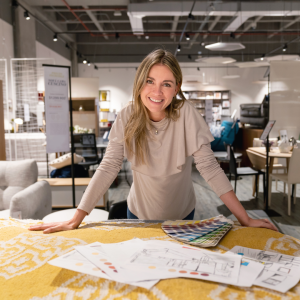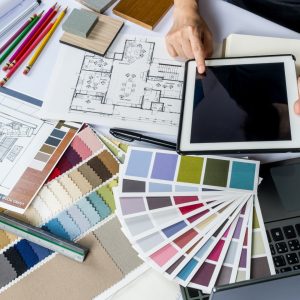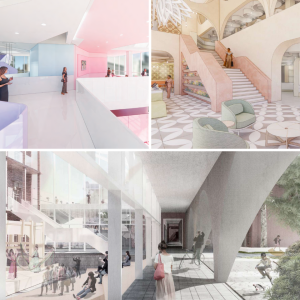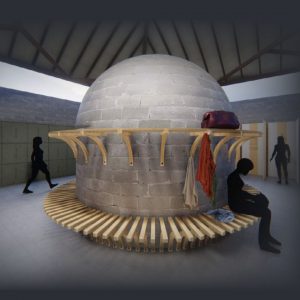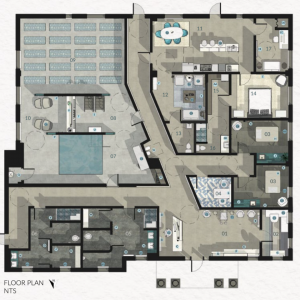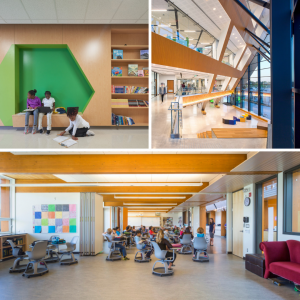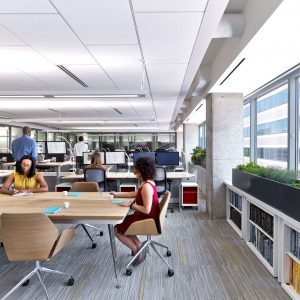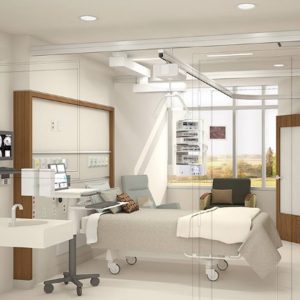Interior Design
Interior design is all about how we experience spaces. It’s a powerful, essential part of our daily lives and affects how we live, work, play, and even heal. Comfortable homes, functional workplaces, beautiful public spaces—that’s interior design at work. The best interior designers make it look easy, crafting spaces that anticipate our needs and appeal to our emotions, but in reality a broad set of skills and technical knowledge is required.
Interior designers are expected to have working knowledge of:
- Textiles, materials, color, space planning, sustainability, and more
- Software applications for 2D & 3D computer-aided design (CAD) and building information modeling (BIM)
- Structural requirements, health and safety issues, and building codes
Within the field of interior design, there are a wealth of career options. You can start your own practice, work for a small or large firm, or specialize in a particular skill (such as lighting) or a specific area (such as hospitality). The possibilities are endless—and they’re expanding every day.
Residential Design: Residential professionals work with private living spaces, primarily designing rooms for new or existing homes. Some even prefer working with a specific room such as the kitchen or bathroom, or planning and creating closet spaces.
Commercial Design: Commercial interior designers plan public spaces—government buildings, private businesses, or other corporate entities. Offices are a common focus of these professionals, but they may also work with schools, banks, retail establishments, and other public spaces. Some work to make hotels and restaurants functional and appealing, while others design areas in hospitals and other healthcare facilities; each field often requires specific knowledge about how the space can be used effectively by both customers/clients and employees.
Career Stage Development
While interior designers may specialize in a specific market sector or type of firm, there are skill sets and knowledge that will benefit each stage of an interior designer’s career. ASID provides learning opportunities at each career stage with in-person events allowing interior designers with various backgrounds, perspectives, and experiences to learn together or online via self-paced modules on the ASID Academy. ASID also celebrates the accomplishments of interior designers throughout their careers through Awards and Competitions.
Find a Job in Interior Design
Impact of Design
The American Society of Interior Designers believes that design transforms lives. ASID serves the full range of the interior design profession and practice through the Society’s programs, networks, and advocacy. We thrive on the strength of cross-functional and interdisciplinary relationships among designers of all specialties, including workplace, healthcare, retail and hospitality, education, institutional, and residential. We lead interior designers in shared conversations around topics that matter: from evidence-based and humancentric design to social responsibility, well-being, and sustainability. We showcase the impact of design on the human experience and the value interior designers provide.
ASID was founded over 40 years ago when two organizations became one, but its legacy dates back to the early 1930s. As we celebrate nearly 85 years of industry leadership, we are leading the future of interior design, continuing to integrate the advantages of local connections with national reach, of small firms with big, and of the places we live with the places we work, play, and heal.


